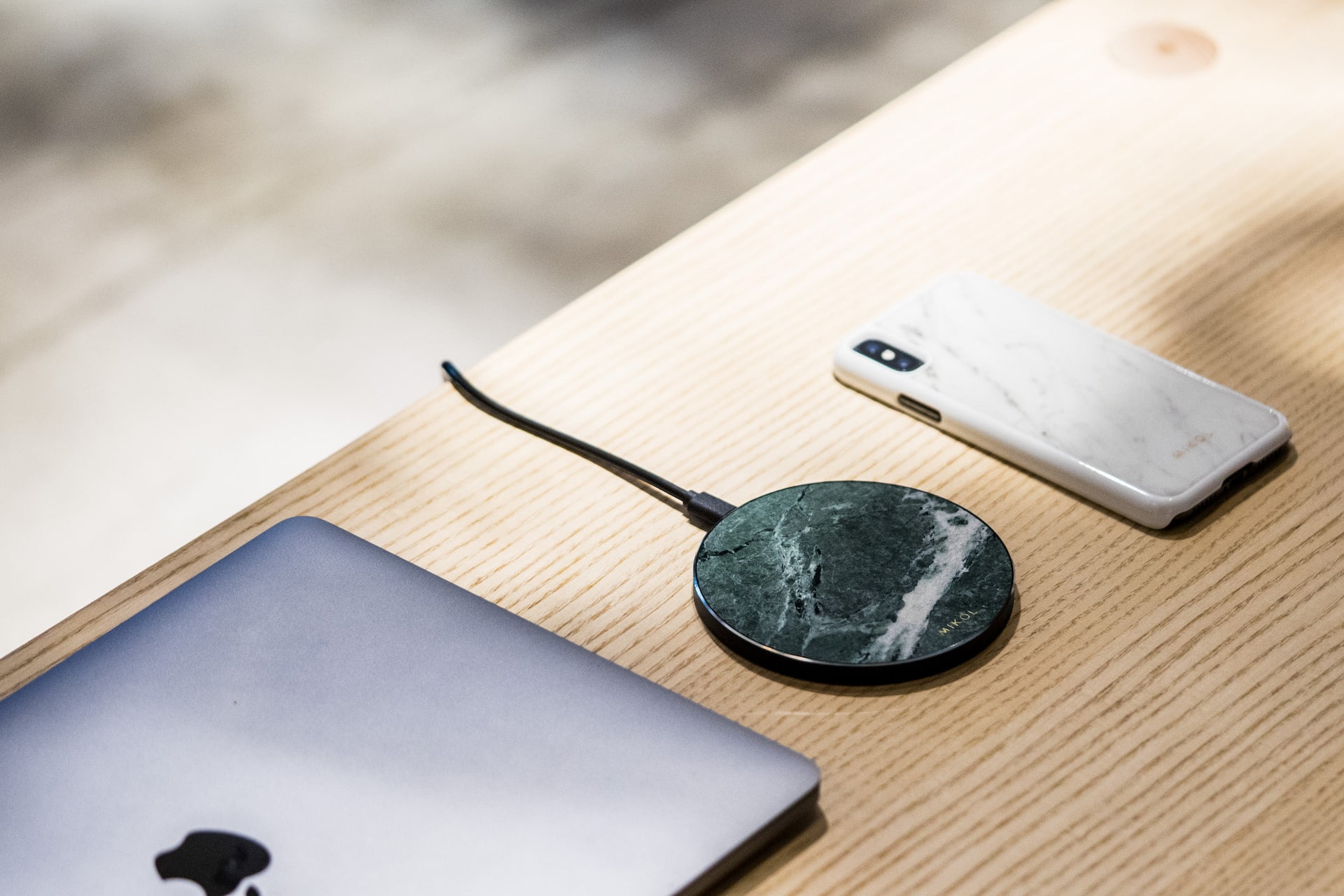A phone battery does not last for a long time, and charging the smartphone using a cable can be inconvenient. This is why wireless charging was introduced. Did you know that this technology has been there for over 100 years?
Here is a brief overview of wireless charging and how this tech works.
The Origin of Wireless Charging
Nikola Tesla, the inventor of cableless charging, could transmit electricity through the air. This happened by generating a magnetic field between a receiver and a transmitter. This technology has been in practice for over 100 years but only with a few devices.
Today, there are numerous wireless charging technologies worldwide, from cars, smartphones, laptops, appliances, and more. It is cutting edges across industries because of its improved mobility feature that allows IoT devices to get charged away from their chargers.
Nikola Tesla used resonant-inductive coupling that works by creating a magnetic field between a receiver and transmitter. Later, Tesla formed the Tesla tower with a coil that shot electricity bolts. The same tech works with cableless charging.

How Does Wireless Charging Work?
As you play on sites such as NetBet, you can now enjoy remote charging, thanks to this technology. The electromagnetic coil builds the magnetic field to transfer the energy. Another coil in the smartphone harnesses the energy, and converts it into usable energy in the battery.
In short, there is a coil on the charger (transmitter) and the phone (receiver). You only require placing your well-suited device on the charging pad, and the device will start to charge. This technology is convenient and removes the need to use cables to charge your gadget.
When you put a smartphone on the pad, the charger sends a signal from the coil that picks the signal to the receiver. Once it happens, you will see some light indicating that the phone is charging. The coil in the transmitter is made from copper to allow the electric current to pass. The receiver also has a copper coil that picks the magnetic field and induces the current to the battery.
Manufacturers are designing chargers with more than one transmitter for better coverage. This also lets you charge multiple devices at a time. The wireless chargers come in different sizes and shapes and have better materials. The charging pad can comfortably lay on the table and allows a better phone display when charging.
The Downsides of Wireless Charging
Even though wireless charging provides convenience, it also comes with downsides. For once, even if this technology is efficient and fast, it only works within a specific range. The further the receiver goes from the transmitter, the less energy received. Therefore, a phone will charge faster if it is a few millimetres from the charging pad. Bigger coils transmit more energy, but this is only efficient at the centre of the pad.
Wireless Charging in Summary
You now know about wireless chargers and how they work. Technology continues to advance, and hopefully, major upgrades will come along to eliminate the drawbacks. Since its origin in the 19th century, wireless charging has brought about efficiency and convenience, and there is more to come from the manufacturers.

